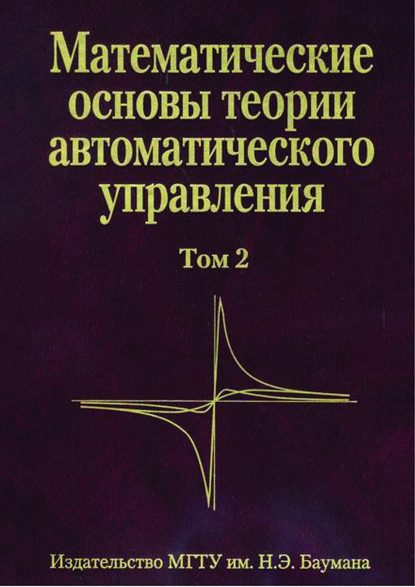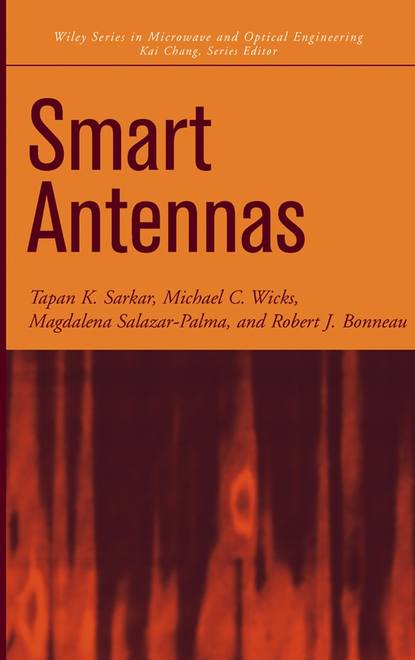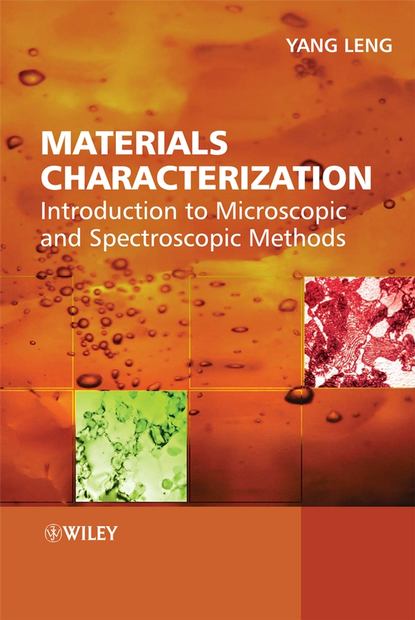Микроструктуры, электроника, нанотехнологии - эти обширные области исследований сближаются по мере сокращения разрыва в размерах и объединения различных материалов. Текущие исследования, инженерные достижения и недавно коммерциализированные продукты намекают на огромный инновационный потенциал и будущие применения, которые откроются, когда человечество научится контролировать форму и функцию от атомного уровня до видимого мира без каких-либо пробелов. В этом томе авторы из трех крупных центров компетенции в области микроинженерии пошагово иллюстрируют процесс от проектирования и моделирования микрокомпонентов из металлических и керамических материалов до воспроизведения микромасштабных компонентов методом литья под давлением.
Microstructures, electronic devices, and nanotechnology are budding with the diminishing length scale and the inevitable contact between distinct materials. Contemporary precepts of research and manufacturing practice hint at a promising potential for innovation and forthcoming applications along the synthetic process unfolding from the nonobserving realm up through and even beyond the lens of proper spectacle wearer. Three primary challenges of metal and ceramic microengineering demonstrate the journey of knowledge from design and computer simulation of tiny component mechanical systems to practical replication through injection molding.
Электронная Книга «Microengineering of Metals and Ceramics, Part I» написана автором Oliver Brand в году.
Минимальный возраст читателя: 0
Язык: Английский
ISBN: 9783527616947
Описание книги от Oliver Brand
Microstructures, electronics, nanotechnology – these vast fields of research are growing together as the size gap narrows and many different materials are combined. Current research, engineering sucesses and newly commercialized products hint at the immense innovative potentials and future applications that open up once mankind controls shape and function from the atomic level right up to the visible world without any gaps. In this volume, authors from three major competence centres for microengineering illustrate step by step the process from designing and simulating microcomponents of metallic and ceramic materials to replicating micro-scale components by injection molding.



















